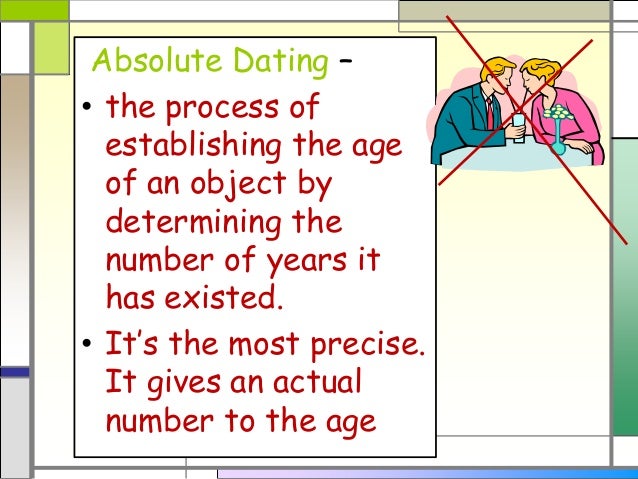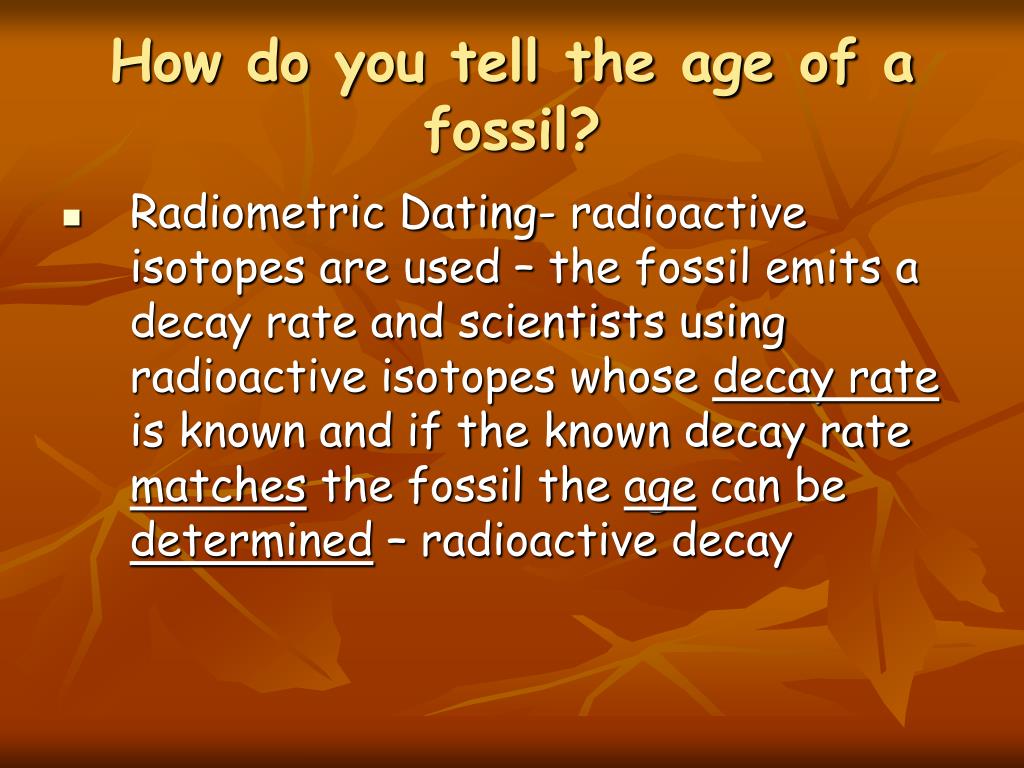
Carbon dating to determine the age of fossil remains. In this section we will explore the use of carbon dating to determine the age of fossil remains. Nov 20, · Love-hungry teenagers and archaeologists agree: dating is hard. But while the difficulties of single life may be intractable, the challenge of determining the age of prehistoric artifacts and fossils is greatly aided by measuring certain ra. Sep 19, · is claimed to be a reliable dating method for determining the age of fossils up does science support? Can carbon dating help help determine the.
How Does Carbon Dating Determine The Age Of Fossils. Radiocarbon dating - Wikipedia
: How does carbon dating determine the age of fossils
| WHO IS CONSTANTINE TZORTZIS DATING |
If the flood were global in scope, why then would we have any rocks for which a number of different methods all agree with each other? I'm also curious to know how much of the geologic column is datable how does carbon dating determine the age of fossils super isochrons for which no mixing can be shown. The radiocarbon dating method is based on the fact that radiocarbon is constantly being created in the atmosphere by the interaction of cosmic rays with atmospheric nitrogen. The teacher gave 14 assumptions of radiometric dating and said something like "If creationists got a hold of these, they could cut radiometric dating to pieces. Coal is not water soluble at least, coal cars aren't covered, and no one seems to worry about thunderstorms dissolving the coal awayand wood is waterproof, so one would expect that coalified wood would also be waterproof. |
| Dating events preston |
830 |
| DATING SERVICES NAPLES FLORIDA |
Single party hofheim |
| RENCONTRES EMO BELGIQUE |
An online directory of dinosaur exhibits fro around the world. It's also possible for other matter to be incorporated into lava as it how does carbon dating determine the age of fossils, without being thoroughly melted, and this matter may inherit all of its old correlated radiometric dates. Scientists can use this ratio to help determine the starting amount of 14 C. The Cambrian period is conventionally assumed to have begun about million years ago. The following illustration demonstrates how the age is estimated using this ratio. The residence time of 36 Cl in the atmosphere is about 1 week. More recently, accelerator mass spectrometry has become the method of choice; it counts all the 14 C atoms in the sample and not just the few that happen to decay during the measurements; it can therefore be used with much smaller samples as small as individual plant seedsand gives results much more quickly. |



-
-